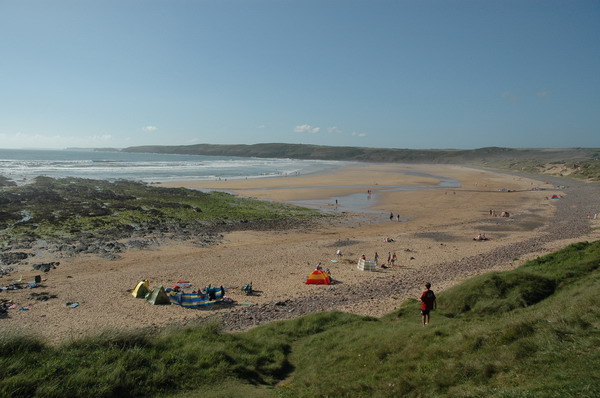 | |
| Castle Beach and St Catherine's Island |
However, there is more to Tenby than beaches and the usual trappings of the holiday resort. The town has a long history dating back to when it was a Norse settlement - the -by ending on the name being a relic from this time. Tenby was seized by the Normans during the Norman Invasion, and a castle was built overlooking the harbour, the remains of which are still visible on Castle Hill. Tenby became a walled town in the 13th century, which came in handy during the Spanish Armada and the English Civil War, two of the most turbulent times in the town's history. Some of the arches in the walls now house quirky little shops, pubs and restaurants. There is a 16th century house near the harbour called the Tudor Merchant's House which is open to visitors and is furnished in the style of the time. Also near the harbour, on Castle Hill, is the Tenby Museum and Art Gallery. During the summer months there are a variety of boat trips available, including crossings to the fascinating Caldey Island - more on this in the next blog post.
 | |
| The Harbour and beach |
Tenby has long had a reputation for being popular with stags and hens, particularly during the summer months, so it can get a bit lively on weekend nights. That said, I have had several very enjoyable short breaks in the town, and I have never witnessed any trouble, just a lot of high spirits, so don't let this put you off visiting this most charming of Welsh seaside resorts.
Published by kind permission of Tim Baynes Art
Live streaming webcams from various locations.
Map of the area.






















